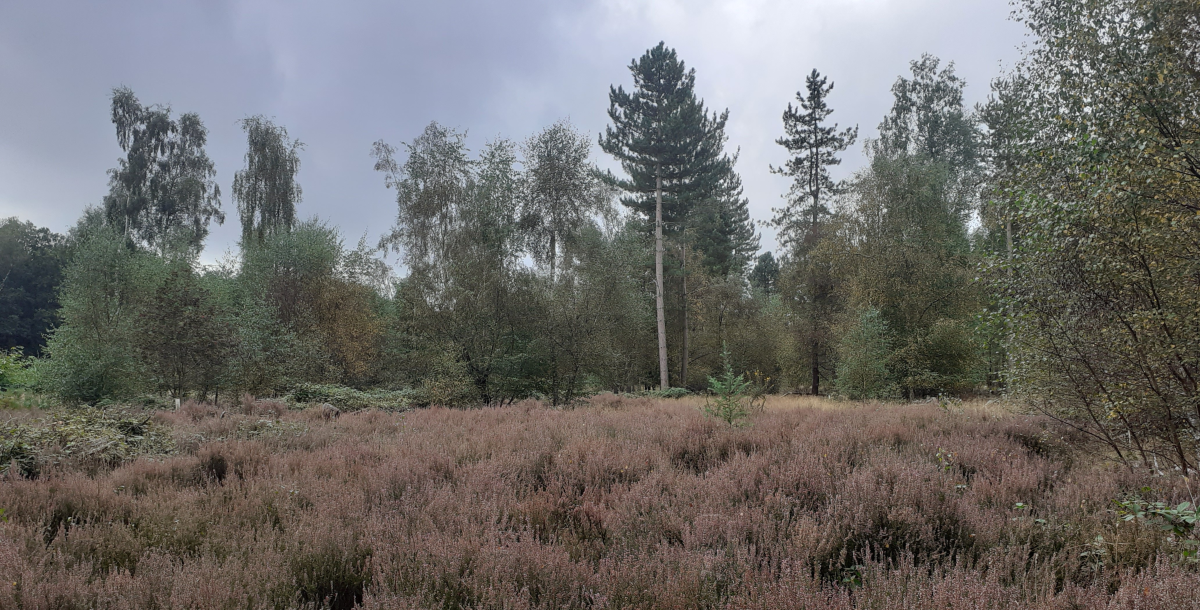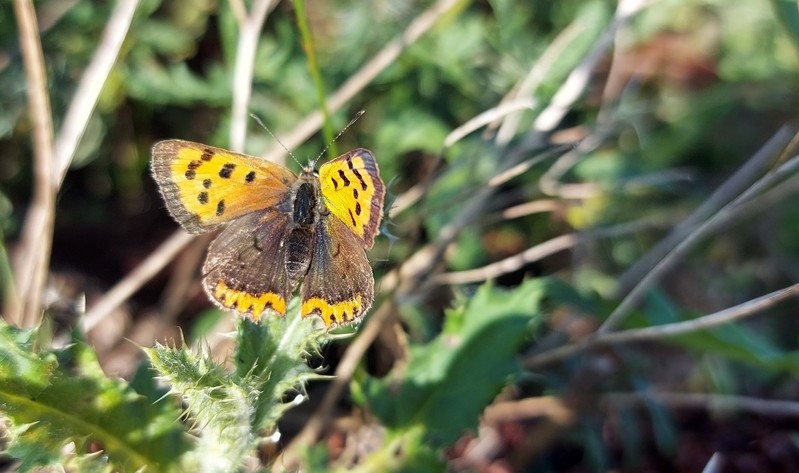
The vital role of heathland habitats in the battle against climate change
In the face of pressing climate change challenges, it is crucial to recognise and appreciate the vital role that heathland habitats play in the United Kingdom's environmental landscape. These unique ecosystems, consisting of open expanses of low-growing vegetation and characterised by their acidic, nutrient-poor soils, are not only remarkable in terms of biodiversity, but also serve as invaluable resources in mitigating the effects of climate change.
Heathlands: A crucial habitat
Lowland heathland is identified as a priority in the Warwickshire Local Biodiversity Action Plan (LBAP) because it is rare and threatened.
Heathland habitats act as powerful carbon sinks, absorbing and storing significant amounts of carbon dioxide (CO2) from the atmosphere. The dense root systems of heather, gorse, and other heathland plants help sequester, or lock up, carbon, reducing the concentration of greenhouse gases which in turn are responsible for unpredictable changes in weather. By conserving existing heathlands and restoring degraded ones, we can enhance their capacity to absorb CO2 and contribute to efforts aimed at combating climate change.
Heathlands also provide a natural defence against rising temperatures and extreme weather events. Their dense vegetation cover acts as a shield against soil erosion, preventing the loss of valuable topsoil and preserving water quality in nearby rivers and streams.
Heathland plants also help regulate water flow, reducing the risk of flooding during heavy rainfall and maintaining a steady water supply during drought periods. This resilience is becoming increasingly important as climate change leads to more frequent and intense weather events.
Heathland and bracken management
Volunteer Leader Alan explains how important heathland habitats are, and why we have large numbers of volunteers assisting with the bracken management in this very special area of the Forest.
A source of thriving ecosystems and biodiversity
In addition to their climate-regulating functions, heathland habitats support a wide range of species that depend on these unique ecosystems for their survival. Many rare and endangered plants, insects, reptiles, birds, and mammals call heathlands their home. By protecting and restoring these habitats, we are safeguarding the biodiversity that is vital for maintaining the health and functioning of the planet.

Help our heathlands in the Forest
You can help us preserve our heathland habitats in the Forest and play a critical role in the fight against climate change by becoming a Friend of the Forest. By supporting our work, from near or far, your donations will help in the protection of these all-important habitats.



